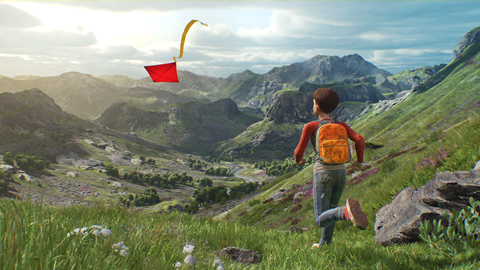
Note that the roughness increases within pores and wrinkles. This is a common technique used to minimize the amount of textures in use. The roughness map is stored within the alpha channel of the diffuse texture. Any darkening of wrinkles will accentuate the texture supplied by the normal map. At 4K, you can see the tiny capillaries just underneath the surface. The diffuse map supplies the Base Color for the Material.
Unreal engine 4 photorealistic skin#
This skin setup utilizes five total texture maps: diffuse, roughness, specularity, scatter, and normal. The textures were then cleaned up and tweaked by artists at Epic. The textures used on the character's skin are all at 4K resolution and were originally produced from facial scans of the actor.
Unreal engine 4 photorealistic update#
In this way, artists can standardize approaches to generating certain types of surfaces, knowing that a fundamental change to a single Function will update all instances where that Function is being used. This is done as a reusable authoring approach to creating Materials for Paragon. Note the use of Material Functions to set up the base for the skin Material.

The character's skin is created through the use of UE4's Subsurface Profile shading model. To view this showcase, simply open the project and press Play In Editor to see the cinematic pan-around.įor more information on the tech used to produce this character, please refer to this Unreal Engine Livestream - Tech & Techniques Behind Creating the Characters for Paragon. The purpose of this showcase is to demonstrate the use of high-quality character shader techniques, similarly to those used on characters from Epic's MOBA game Paragon.


 0 kommentar(er)
0 kommentar(er)
